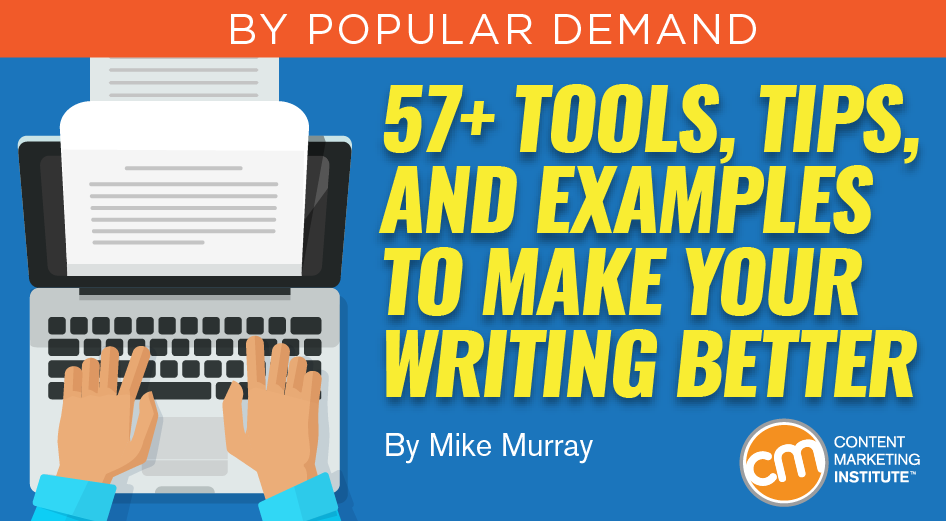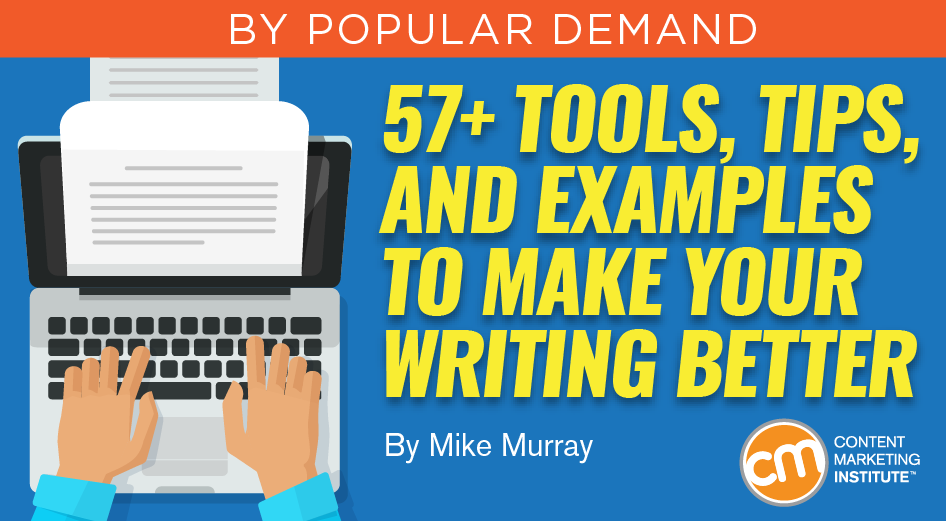Long-form content service Codeless demonstrates its expertise by crafting long-form content for its brand such as this almost-3,000-word article, How to Build a Content Strategy Framework That Doesn’t Flop. Avoid starting sentences with vague words like “this” or “that.” Link to other websites, newsletters, and blogs because the links provide added value to visitors and help establish credibility. Buffer offers a list of 189 converting words and phrases, including these exclusivity-related phrases: Choose compelling words Jon Morrow of Smart Blogger offers an extensive collection of words that can make a difference in what you write: 595 Power Words That’ll Instantly Make You a Better Writer. Editors and writers should agree on whether the article is the right length. However, extended content often helps generate high rankings for targeted keyword phrases and similar words. Make it easy for them to discover the key points by including: Short paragraphs Subheads Bulleted lists Bolded text Words in color Links You don’t need to write long sentences to make your point. It’s the same with words. Many reference tools make your job a little easier and help improve your work. Don’t force readers to think too much. Don’t use a $10 word when a $1 word will do.

Editor’s note: You can’t have too many tips and tools to improve and inspire your writing. That’s why we’ve updated this article from a few years ago with new examples and some new tools.
Writing isn’t an easy task. Whether you craft words for B2B or B2C audiences, the challenges can be many. I’ve created a diverse set of tips, tools, and resources to aid in shaping and modifying your work.
It’s not an exhaustive collection. Some ideas may seem familiar. Some will be fresh. My hope is that you’ll walk away with some insights or new tools to help address or minimize the content creation challenges you face.
Ready to explore? I’ve divided this article into two sections – the first takes a larger view and incorporates brand examples, while the second gets granular with writing tips and tools you can use today.
Let’s get to it.
Part I: 9 inspiring examples
Be clear
Basecamp, a project management software company, gets it right from the start. The call to action says it all – it identifies pain points and offers the fix in five power-packed sentences:

The Warby Parker campaign, Buy a Pair, Give a Pair, drew me in with a few words and numbers. Developed as a thank-you promotion for its customers, it’s also going to attract prospects. Writing 5 million as a number is a powerful way to attract the viewers and pique their interest.

As a craft, copywriting must perform on many levels to catch and hold a reader’s interest. The intro to the Titanides community organized by Marcella Allison, named the 2018 Copywriter of the year by American Writers & Artists Inc., hits on several levels – exclusivity (read more about this later in the article), clearly explained purpose, and concise call to action.

Connect content to purpose
Velocity Partners, a content marketing agency, nails consistency by marrying its brand name with its explainer text in a lighthearted tone.

Long-form content service Codeless demonstrates its expertise by crafting long-form content for its brand such as this almost-3,000-word article, How to Build a Content Strategy Framework That Doesn’t Flop.


The About page for Bulldog Skincare for Men blends a little history with mission and message:

Many brands do a good job of diving into topics within the realm of their expertise. Dropbox provides examples of how to use its service; it explores work-related issues, including this personal account on sleep.

Be consistent over the long haul
If you write thousands of words in a guide or e-book, you need a consistent tone and well-organized content. Search Engine Journal pulls it off masterfully with its Illustrated Guide to Link Building.

Don’t forget your part in video
Words appear in blog posts or descriptions of product features and benefits. But writers also can shine in video scripts along with set designers, actors, and filmmakers. Writers can take an otherwise dull topic and make it captivating.
HP did well with its short film The Wolf about printer security:
Part II: 48+ tools, tips, and takeaways
Win your readers over
How does your content inspire readers or get them to care?
You need to speak their language. Typically, an informal, conversational approach works best. Other suggestions and caveats include:
- Focus on actionable content that someone can use in their lives or jobs right away.
- Write in first or second person.
- Be careful with humor, which can fall flat for the reader.
- Rarely use profanity because it can distract readers who wonder why those words were included.
- Don’t be so creative that readers struggle to detect your main point.
- Avoid starting sentences with vague words like “this” or “that.”
- Link to other websites, newsletters, and blogs because the links provide added value to visitors and help establish credibility.
Motivate visitors to take the desired action
Sometimes a simple word or phrase can prompt someone to take the next step. Buffer offers a list of 189 converting words and phrases, including these exclusivity-related phrases:

Choose compelling words
Jon Morrow of Smart Blogger offers an extensive collection of words that can make a difference in what you write: 595 Power Words That’ll Instantly Make You a Better Writer. Here is a sample:

Let context dictate length
When you go in depth, you underscore your authority in an industry. But snack-size content may be more suitable. How much…

COMMENTS